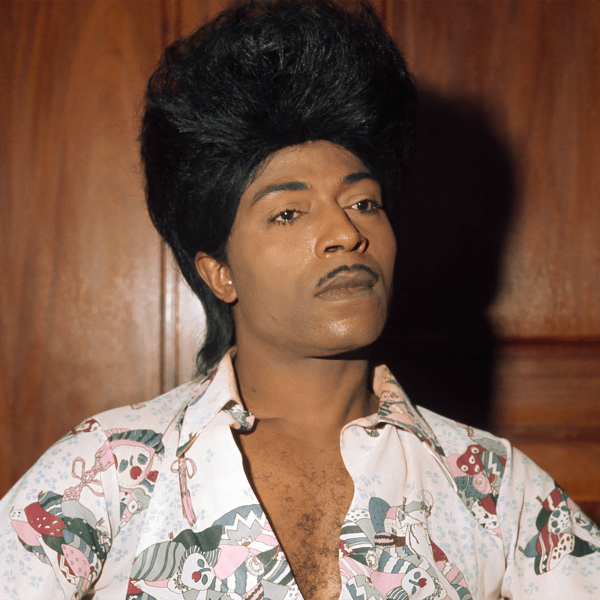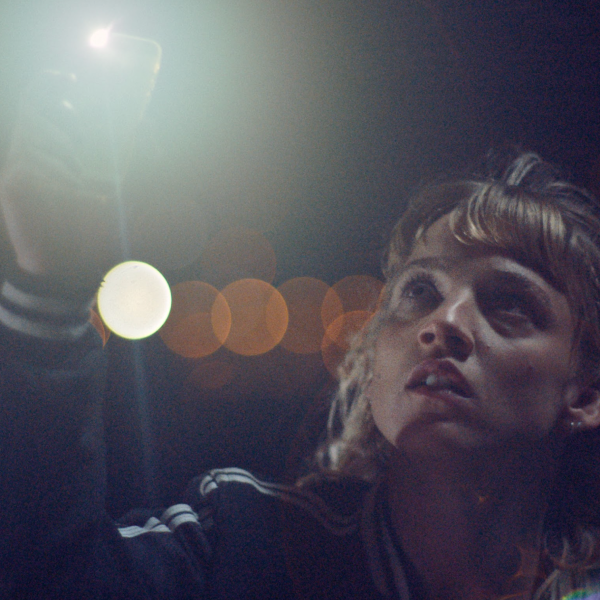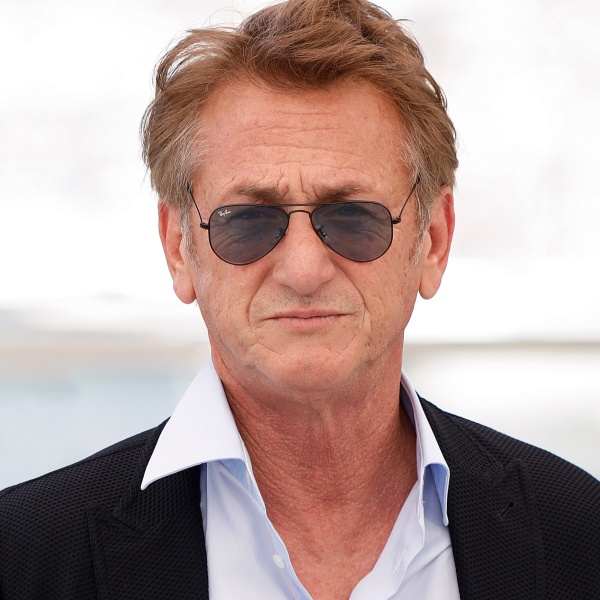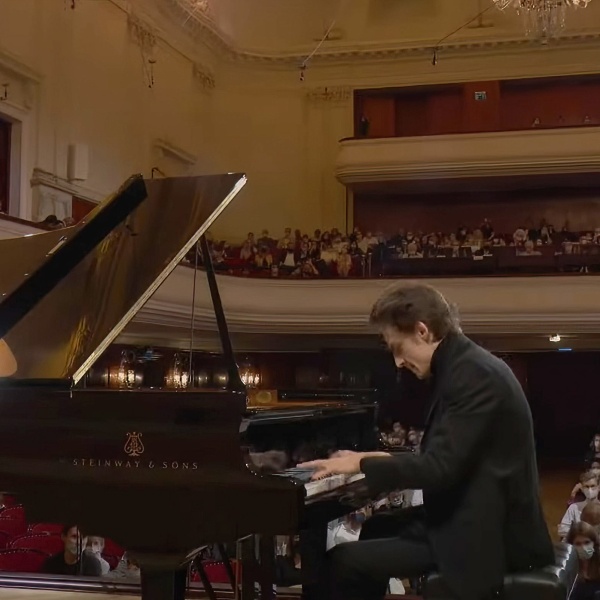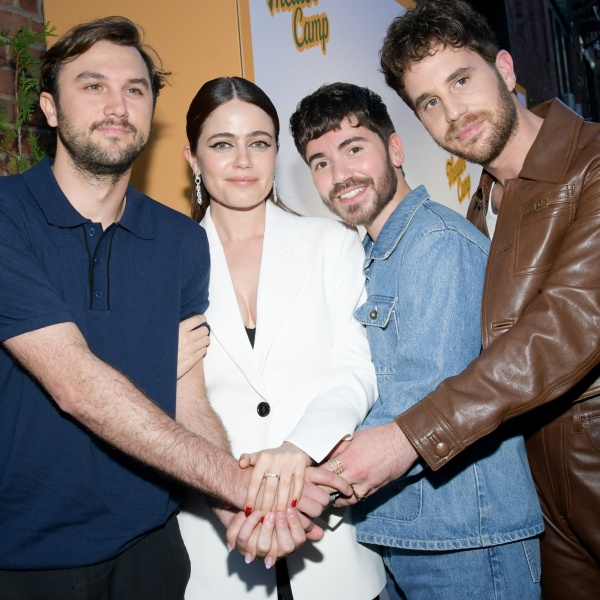Says Darren Aronofsky’s Version Of ‘The Fighter’ Was Much Darker Than His & Many Other Things Gleaned From A Recent MOMI Talk With Spike Jonze

“If you don’t like any of my movies, just give it ten years.”
As we mentioned yesterday, on Wednesday night the Museum of the Moving Image in Queens kicked off their David O. Russell retrospective with a screening of “The Fighter” followed by a Q&A with the director and guest moderator Spike Jonze. The hour-long conversation covered Russell’s entire career and topics wide ranging from discussing his influences, risking his life for “The Royal Tenenbaums” and watching his debut “Spanking The Monkey” (an uncomfortable comedy about incest) with his 16 year old son. The evening had a great casual vibe and it was really interesting seeing the two filmmakers discussing their work so candidly, even pausing briefly as Jonze decided to pass Russell’s Altoids out to the crowd.
Jonze started by asking Russell to name how old he was, what kind of music he was listening to and what kind of person he was during the making of each of his films. Though this concept got lost by the time they reached “Three Kings” it was a great way to start the conversation. The night also included a brief interruption from actress Rosie Perez and Jonze’s own mother Sandy, who asked the night’s final question. Here are the many highlights from Wednesday nights epic interview, including right off the top something we’ve never heard about before, a lost David O. Russell project the filmmaker shelved right before making “Three Kings.”
Prior to “Three Kings” Russell almost made a “There Will Be Blood”-type film about the industrial revolution but thought it would be arrogant…
“I was, kind of, I think impressed by Quentin Tarantino at the time and I think I was kind of interested in trying something that had some more octane to it. I just wanted to try something different. I wanted to try to do something that had some propulsiveness to it. Weirdly, I was researching a movie that turned out to be a lot like “There Will Be Blood.” I was researching [a story] about a father and a son that at the beginning of the oil thing, in the Oklahoma oil fields. I went to Princeton University and I met the history department and I was going to do this whole thing about the 20th century and what industrialization meant. I ended up thinking that it was just arrogant to try to make a judgment about the 20th century. And I thought that that was kind of easy and kind of a cheap shot to say that technology [was bad], cause for every bad thing it had done you can name twenty good things it had done. So I decided not to make that.”
The origins of the long-gestating boxing drama, “The Fighter”…
“This movie was going to be made by Darren Aronofsky and he picked very different things than I would have picked and he would have made a very interesting film. I think he’s a great filmmaker. So it’s the things that I look for the things that i think are funny the things that I think are emotional. Like with “The Fighter,” I think I’ve learned a lot. You kind of learn a lot about what interests you and it also changes over the years. And I would say right now what interests me the most is something that’s very real and emotional and raw but also kind of fascinating in a way that certain characters or people can be. You know it when you see it…characters that kind of make my mouth hang open like “who are you?” When I saw this family in their photo album and Darren’s script didn’t really have the mothers or the sisters as much or the girlfriend. The women were much smaller and it was much more dark about Dickie’s dark crime stuff. When I got to know the family I saw that was really only one part of the story and what really fascinated me about the story that I’d never seen was a mother who was as strong as that, who had done that with that gang of sisters. And the girlfriend who’s so tough and the impact [of] how they were with these men. It’s just a world. Right away you’re like, “this is a world that is very interesting to me.” People call it dysfunctional and all that and that was a word they threw around with “Spanking The Monkey.” I don’t like that word so much. I think that everybody is dysfunctional. Would you look at “Raging Bull” and go “those were some dysfunctional people?” You’d go, “those are some amazing people.”
On “I Heart Huckabees”…
“I was trying a little something more conceptual in that. Something that in retrospect I wish I had made more visceral. And I think the parts of it that I like best are the more visceral parts with Mark [Wahlberg] and Jason Schwartzman. I think I was more interested in comedy too. Coming off “Three Kings,” you know I did this movie that was very heavy, or heavier, and even though I always have to see comedy in things. Things to me that are are always funny and sad, that’s what interests me the most.”
Russell has seen “The Royal Tenenbaums” more than 50 times including while he’s driving in LA. His Ford Escape has a TV screen that had never been disabled when the car is driving (as it was supposed to be), but Russell was unaware. He says he usually ends up playing the film repeatedly while he’s “in traffic.”
“That’s a film that when it first came out, we were a little bit of a group with Wes [Anderson] and everybody and Sofia [Coppola]. Wes shared that script with me when it came out and I didn’t really get it when I read it. I was like ‘Wes, I don’t know if you know that there’s no 375th Street in New York?’ And he was like ‘No, I’m making up New York.’ And when I saw the film I still didn’t really get it. I thought it was precious and I was a huge fan of “Rushmore,” there was no bigger fan of “Rushmore.” The funny thing about it is how your feelings can change about cinema. So if you don’t like any of my movies, just give it ten years. Ten years later, I just fell in love with [‘Royal Tenenbaums‘]. I just watch it and I see so much brilliance
On cribbing from influences, and pleasing Woody Allen…
“I was really into Woody Allen at the time of “Husbands and Wives,” so that was kind of my pitchfork. I always tell people not to worry about that too much, because you read about Bob Dylan or The Beatles and I always thought “That’s cheating, you cant write that way” but that’s how everybody writes. A lot of people write that way. Bob Dylan said the way he writes all his songs is [that] he has somebody else’s song in his head all day. It could be a Roy Orbison song, it could be a Hank Williams song. All day he’s talking to people, people think he’s really talking to them but he’s really just listening to this song in his head and at some point he jumps off into his own thing. And John Lennon would say ‘oh we thought we were doing a Roy Orbison song’ and you kinda look at it and go ‘that really doesn’t sound anything like a Roy Orbison song to me.’ So when “Husbands and Wives” was in my head, and not ironically Woody Allen loved the film (“Flirting With Disaster”) and invited me to come meet him after that ‘cause he thought “finally a filmmaker who is ripping him off a little bit” because I remember he said that Paul Thomas Anderson was ripping off [Martin] Scorsese. And I think that he was happy someone was finally going his way a little bit.”
How the fight scenes in “The Fighter” had to be different from “Raging Bull” and other boxing movies…
“I loved ‘Raging Bull’ but we were certainly not going to do what [Scorsese] did. I wouldn’t even attempt to. “I feel like I have “Raging Bull” and “Rocky” sort of in my [mental] hard drive and I did not need to look at them again. I knew I was not going to do what they did. And everything [Scorsese] did, the camera is inside the ring and very often inside the fighter. It’s very often between the fighters and Mark[Wahlberg] specifically wanted to do something that was more real than that, which I thought was interesting. So I knew it was more challenging for me as a filmmaker to make it intense where everything is from outside the ring. So what we got saved by, was how much footage we had. We had 6 HBO cameras and then we had 2 free floating cameras, so that’s 8. And he said to make sure when you were shooting, it was a little ADD with 8 monitors, just make sure certain shots you had were money. To me the money shots were always the rougher ones that were looking up into the lights, that were sort of messed up. And the DP [Hoyte Van Hoytema] wanted to shoot with the original beta that they had used [during the real HBO fights] in 1990, which when you blew it up gave it a very rough look. We had 79 hours of fight footage. In 3 days we did the fights. In those 79 hours, that was a very big task [to edit the fights together]. That was kind of the bane of our existence in the editing room for a while, you’d be like ‘oh that’s the fight, there’s the fight.’ You’d watch it and go ‘well that kinda sucks.’ You’d look at it and it’s like, ‘well that’s not very compelling.’ So it took a lot of times before we whittled it down to where that’s like ‘that’s intense, that’s good.’ ”
On “Spanking The Monkey”…
“I was in my early thirties and I was listening to Nirvana and this band that’s in the movie Morphine and Mark Lanegan — I was really into those guys, all that kind of intense which kinda was reflected in the movie. We came out of the 80’s which were all poppy and all of a sudden it was really attractive to be heavy. And to be kind of unflinching.”
On showing “Spanking The Monkey” to his 16 year old son…
“I kind of always dreaded him seeing that film because it’s a very uncomfortable film. I used to call it a ‘feel bad film.’ Then he wanted to watch that and I said, ‘I don’t want to watch that. That’s just going to be horrible for about 500 reasons.’ And he said ‘well let’s watch it,’ so we watched it and like the first half of it was just such a horrible uncomfortable experience for me, squirming, gross. It’s just gross emotional content and also because it’s your first film so just every single novice performance thing that happens on the part of the actors that I didn’t catch as a director. I completely realized why he liked it. I realized that he loves it because he’s into being an anguished adolescent. He’s like really into that ‘you don’t understand how lonely and horrible it all is’ and that horrible anguished feeling is dialed right into that movie.”
All of the interview segments in “The Fighter” were unscripted.
“I just fell in love with the found footage of them on the couch. We did not have scheduled time for those interviews and [they were all] unscripted. They would just sit down and I just threw questions at them. We would do it between setups, like in the middle of the night. I said ‘just sit on the couch’, I’m very proud they were so comfortable. That’s the best thing, I think the thing the director can be most proud of is when the set is so comfortable that the actors are so in character they’re comfortable to do anything like that. To just say ‘sit down in character and I’m going to throw questions at you’.“
About being proud of the the conclusion of “The Fighter”… [spoilers]
“It just seemed very fitting emotionally, it seemed like a knockout punch to me emotionally to see Dickie so humbled. And when Christian [Bale] cried that was unexpected. You know, it just happened. I think he was so in character that he felt what it was like to give that over for his brother and to be happy for his brother but sad for himself all at the same time.”
On being able to have his creative way with the “The Fighter” despite years of development…
“It was different for me certainly because I had brought Mark [Wahlberg] scripts twice before, I had brought him “Three Kings” and I had brought him ‘Huckabees’ and this was a case of him bringing me something that Darren Aronofsky had had. I think I’ve had a bumpy few years writing many things and sort of tying myself up in knots writing things and you know, that can happen. So I was happy to have a simple thing that I saw how it could be done. And I had a very clear take on it. Mark is very loyal to me and very much a protector of me so I knew I wasn’t coming in somewhere where I was not going to be able to do what I wanted to do. And that’s the only way I know how to do things. So I came in and I said ‘This is how i see it, this is how i want to do it,’ and they just cleared the way out and they let me do that.”
The final question of the night was asked by Jonze’s own mother who was in attendance. She said that she had listened to an interview with Russell on Fresh Air and got to know him better through that interview. Because he identifies with so many diverse characters in his films and is able to humanize them she asked what is it that enables him to do that. Russell, for the first time that night, was speechless and said he didn’t know how to answer the question. So his friend Spike Jonze answered the question for him. “I think [David is] a very present person and when he’s with people he’s very present and he’s very open. He’s got one of the most genuine laughs, he really sees humor everywhere and a lot of times he makes me feel a lot funnier than I think I am because he laughs at things that I don’t think are that funny but he sees some little weird idiosyncratic thing in the way I might have said it or something and he genuinely is just a very open person. And I have incredible conversations with him about everything and I think he has that ability with pretty much everyone he meets, wherever they’re from and whatever they do.”
If you haven’t seen “The Fighter” by now, you really should. It’s a great example of the best in studio filmmaking as well as one of the best films of last year. Russell took a concept as well worn as a boxing movie and really injected it with some new life. (The film played even better for this writer the second time around.) And that opening credits sequence alone, wow. As for Russell, we hope that whichever project of his that manages to bubble up first (and there are a lot of possibilities), that he’ll make it into something great. — Cory Everett
